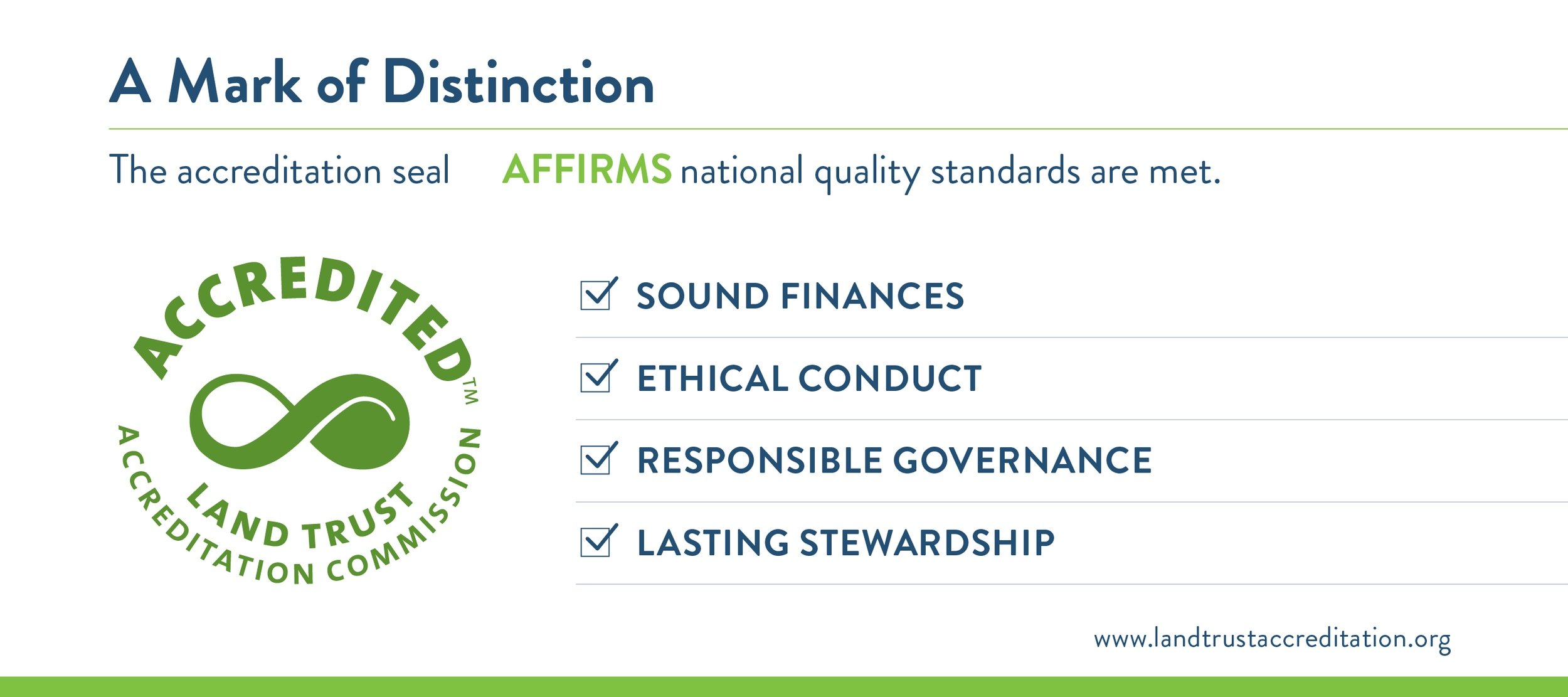In my various roles as a career conservation professional, I have worked with many landowners—too many to keep up with, really—over the years. I take pride in that and consider myself fortunate to have worked with so many people who appreciate help expressing care for their land.
Through this, I learned everyone approaches conservation differently. Many landowners want to play an active role in making habitat improvements. Others believe in a more preservationist approach of giving the land rest from human hands. Both approaches have their place, and even though they are different, they are rooted in the same goal of land conservation. Care for the land transcends social, political and educational differences.
Joining the work of Woods & Waters Land Trust now exposes me more to landowners with truly long-term conservation goals – protection in perpetuity.
Guests to the 2020 Land Extravaganza were treated to an honest view of how much our lands, waters and wildlife mean to us. As I was on-site for the filming of some of the landowner stories, I had an uncut view I rarely experienced in previous roles as a conservation professional. Sure, emotions and history are present in most situations, but as Connie May indicated during the Land Extravaganza, she had an even greater connection to her land after permanent protection was in place with a conservation easement.
Those who have gone through the conservation easement process for their land have described a sense of relief and, in some cases, greater closeness than before. They’ve accomplished something for the forests and wildlife that they interact with every day. They’ve provided something for their children that keeps giving and ensured that an aspect of their well-being is protected for the long term.
Reasons for considering a conservation easement vary, and appropriately so. It can be protection for the land itself and the wildlife that call it home. It may be to ensure the land exists so others can learn from it and experience it. For others, protected lands are essential to mitigate the effects of nearby development and habitat loss.
During the Land Extravaganza, Betty Beshoar described a duty to the world that she and Mark Roberts accomplished with their easement. And Don and Sylvia Coffey told us how their easement laid the groundwork for how their land should influence future generations.
My years of habitat planning and fixing issues with the land is technical and extensive. But that technical background—especially one that is based on moving quickly from one property to the next—isn’t enough. The fast-in, fast-out technical view doesn’t tell the story of the places on a property that hold special meaning to a landowner. A short visit usually doesn’t convey the passion that a landowner has to improve the land to its greatest possibilities. It takes a longer view to support a landowner in becoming even more connected with their property as they watch it transform.
Land is more than an object to be analyzed and shaped. It’s personal, emotional, a home. The spring wildflowers, the trees, the rabbits, deer and songbirds are members of an inner community that together make up the land.
Protecting these places satisfies a visceral need that we have as part of the natural system. Because even with all the rapid, intense disturbance that occurs when humans expand, explore and live life, we are from the natural world. Conserving these natural places is essential to who we are and where we, as people, come from.
I’ve learned from getting to know landowners and listening to their stories that they understand they are part of something bigger than themselves. They’re playing the long game. And that’s a game I’m glad to have grown into.
It’s a beautiful experience to stand alone on a snow-covered streambank. It’s exciting to plan a new habitat improvement and know you’re shaping a better future for a natural space. It’s inspiring to walk in a wood that’s been cared for. But there’s a greater sense of peace on a land that is protected forever.
The vital nature of my work with Woods & Waters Land Trust—of our work with Woods & Waters Land Trust—is even more apparent to me now, and I’m honored to be able to assist landowners with their long-term conservation plans. —Jody Thompson, Woods & Waters Land Trust Executive Director
(Image from Connie May and Loren Curtis' Owen County conservation easement property by Jody Thompson)


